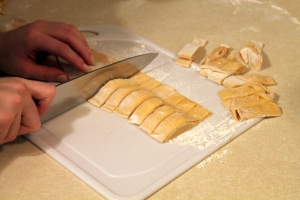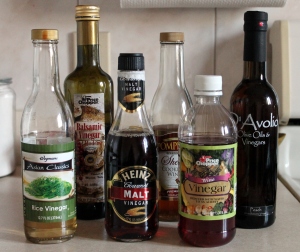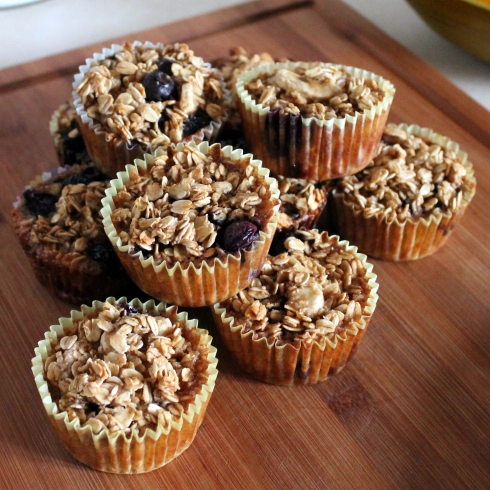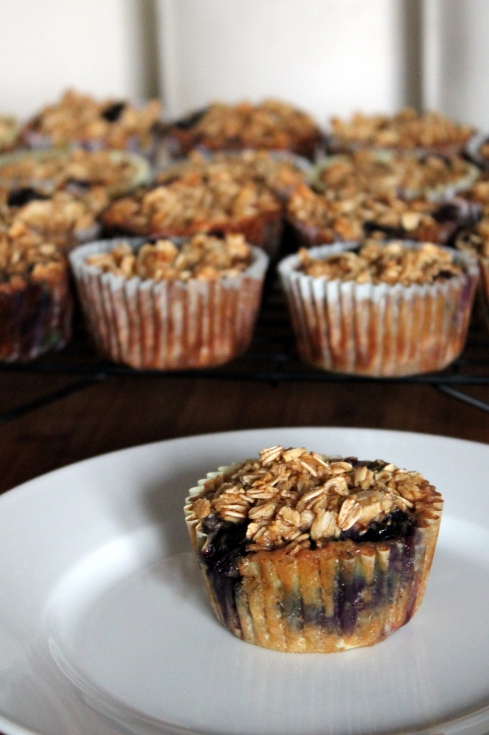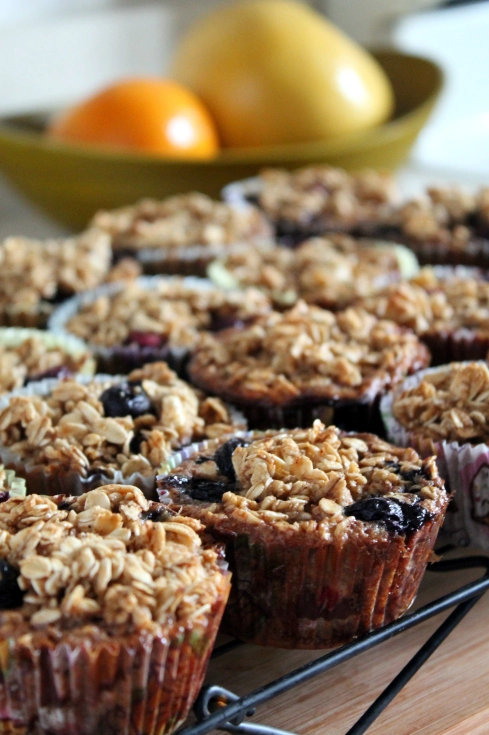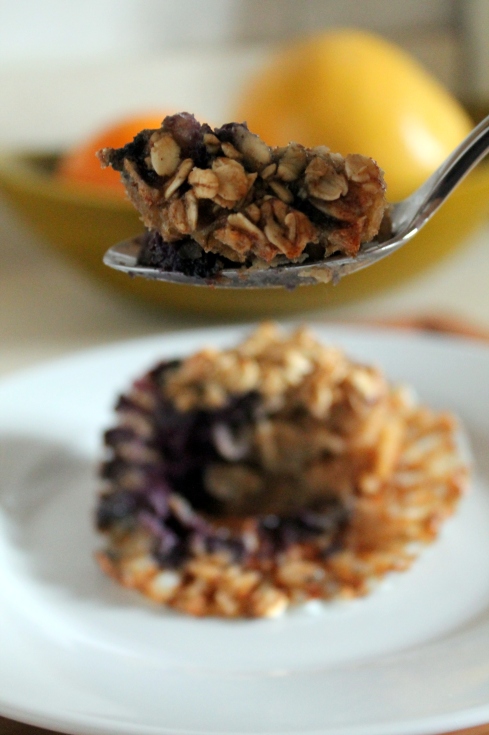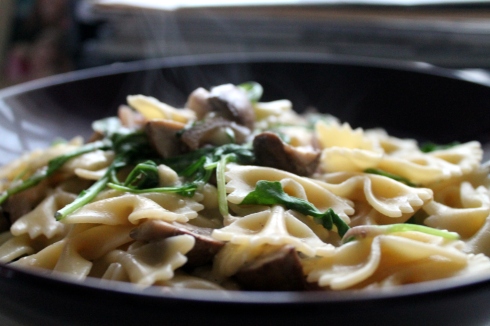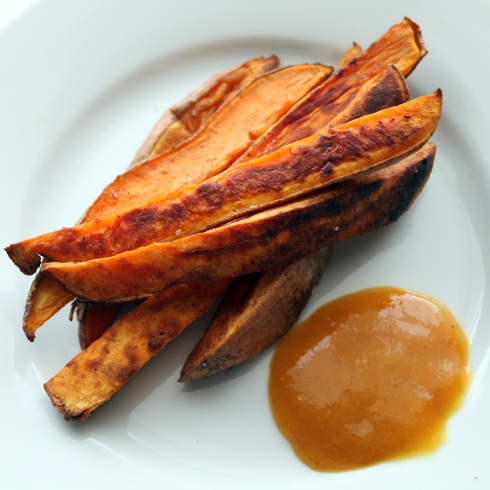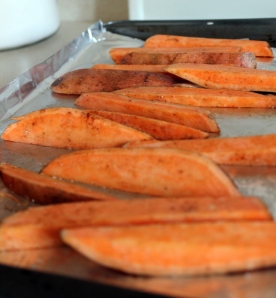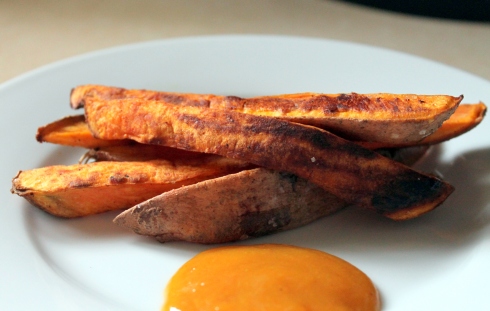Matt and I hosted our first real dinner party last week, for a group of friends we met through a fellow Notre Dame alumna. I was a little nervous, since I felt some pressure to make an amazing meal, but it went very smoothly. I served a simple, homey meal of roast chicken breasts, garlic green beans, honey butter carrots and salt-and-vinegar roasted baby potatoes. Nothing fancy, just basic foods done well. I took a few “before” pictures, but unfortunately no “after” pictures since I was so busy serving the guests! So be forewarned, raw chicken pictures ahead!
Along the way, I feel like I learned some key tips to hosting a dinner party, so I will share those with you:
1) Prep everything ahead. The more you can do ahead, the better! Either the night before or the morning of. The morning of the dinner party, I prepped and blanched the green beans, peeled and cut the carrots and put them in the pot, par-cooked the potatoes (see below for the recipe), and made the compound butter for the chicken. This made things so much easier later in the day.
2) Make simple, well-practiced recipes. Don’t try new things for a dinner party! This may seem counter-intuitive, but if you cook something you are comfortable with and proud of, you will have less worries and no insecurities! At most, experiment with one new recipe (just not the main one!). Also, consider what your guests will like. Are they going to appreciate a super spicy Thai curry? Or are they a more traditional crowd? For people I don’t know that well, I tend to stick with more comfort, traditional foods.
3) Choose seasonal and/or on sale ingredients. Go to the grocery store and see what looks good, what’s in season, and what is on sale before you decide on the menu. That’s how I ended up cooking green beans and carrots, because they looked the best of the veggies in the store. Dinner parties can also be expensive when cooking for a crowd, so choose your protein based on what’s on sale! You don’t have to be cheap, just savvy.
4) Be flexible. Plan for the worst. Have a back up plan. Make enough food so there is plenty, just in case your guests are extra hungry or you have late additions. It’s never bad to have leftovers anyway (we turned ours into soup!).
5) Invite the right number of people for the kind of party you want. We had 6 people total, which felt like the perfect size – not too many, not too few. Too few people, and to me there is less motivation to put in a lot of work (is that bad?!). But at the same time, that may be a good thing! If you have too many people invited, it can become overwhelming and intimidating to cook so much food (especially if you want to make more labor-intensive recipes). Plus you want everyone to be able to fit at a table together!
6) Take people up on their offers to bring something. I think it’s generally true that if someone offers to bring something, that they would really like to. It can be overwhelming to plan for not only dinner, but also drinks and dessert. So if someone offers to bring drinks or a dessert, graciously accept! That way you can focus more on the dinner, with one less thing to worry about!
7) Put on some music. Not too loud! It’s awkward to feel like you are shouting over the music, but a little bit in the background really helps the atmosphere ;-)
8) Set out snacks to buy you some time. This is optional and depends on your timeline for the night. If you plan to serve dinner very shortly after guests arrive, then you probably don’t need to have snacks, but inevitably, it always feels like dinner is delayed (see my next point). If there are a few simple snacks out (store bought nuts, pretzels, hummus, olives or marinated mozzarella, etc etc) then at least it buys the cook some time to finish dinner and takes the pressure off.
9) Plan to have the food ready 15-30 min before it really should be ready. It seems inevitable that if you plan to have dinner ready at 7, it’ll really be done at 7:30. The chicken always takes longer than you think, or you get distracted, etc etc. So just to avoid being frantic, I think it’s ok to plan to be done cooking a little before you would really like to be. For example, our guests were scheduled to arrive at 6:30, so I was planning to have the food ready at 7 (no snacks, just dinner). Originally I was planning on having the food done at 6:45, which I should have stuck with (!!), since the time I actually had the food done was……7:30. Oops. Learn from my mistakes people!
10) Have fun! Had to add this last one since a list of 9 things would just look weird.
For my dinner party, I made lemon-butter-herb roasted chicken breasts, which I have made several times now. I don’t even have a recipe for it, but I just combine the following to make a compound butter:
- Butter, softened
- Fresh herbs (parsley, thyme, rosemary, whatever you have!), chopped
- Salt and pepper
- Fresh garlic, minced
- Lemon zest
I don’t measure, I just eyeball it. I’m pretty sure you can’t really mess it up. Spread the compound butter and lemon slices under the skin of bone-in, skin-on chicken breasts (these stay SO much more moist than boneless, skinless), like this (sorry it kind of looks gross):

Drizzle the tops with a little bit of olive oil (to help them brown) and season with salt and pepper. Roast in a 400-425°F oven for about an hour, or until the meat reaches 165°F (using a meat thermometer really makes it so much easier – that way you can have full confidence when it’s done and avoid over-cooking it). Again, sorry I do not have an after picture!! Guess it was just so delicious that it was immediately devoured :)
On the side of the chicken, I served two simple vegetables:
Garlic Green Beans: First, blanch the green beans in a pot of boiling water (that means, toss the green beans in boiling water for 30-60 seconds, to start the cooking and bring out the bright green color). Remove and immediately place in a large bowl of ice water to quickly cool and stop the cooking. This can be done ahead – just keep the beans in the fridge until ready for the next step. To sauté, heat some olive oil and some butter in a skillet, and add several cloves of garlic (sliced, not minced). Allow them to cook until lightly golden brown, then add the green beans and toss to coat with the garlicky oil, a minute or two until heated through. Season with salt and pepper.
Honey Butter Carrots: Cut 1 lb carrots into large pieces, and throw them in a pot. Add a few tablespoons of butter, 1/4 cup of water, a generous drizzle of honey, some salt, pepper and a dash of ground ginger (if you have it):
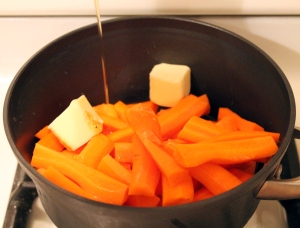
Turn heat on medium and bring to a boil. Stir, cover and reduce heat to medium-low and cook for 5 minutes. Uncover, increase the heat and cook, allowing some of the liquid to evaporate. Lower the heat, cooking until tender. Sprinkle with fresh parsley before serving and a squeeze of lemon juice, if you have it!
The green beans turned out great – still had some crunch to them, and lots of garlic flavor. The carrots were the best I’ve ever made. I don’t even normally like cooked carrots, and I had seconds and thirds of these! That must speak volumes!
I also served these Salt and Vinegar Roasted Potatoes along side:

I broke a rule of entertaining by trying these out for the first time at a party, and I paid for my mistake! They turned out good, but not great. I think I would have added more salt and more vinegar if I could do it over, though I already felt like I added a lot of salt and was scared to add too much vinegar! The potatoes didn’t get as crunchy and roasty as I thought they would, so that was another thing that fell short. I would make them again, but I didn’t think they were particularly impressive.
So there you have it – my adventures in dinner parties! Feel free to share your advice in the comments section!
Tags: carrots, chicken, dinner parties, dinner party, green beans, potatoes








